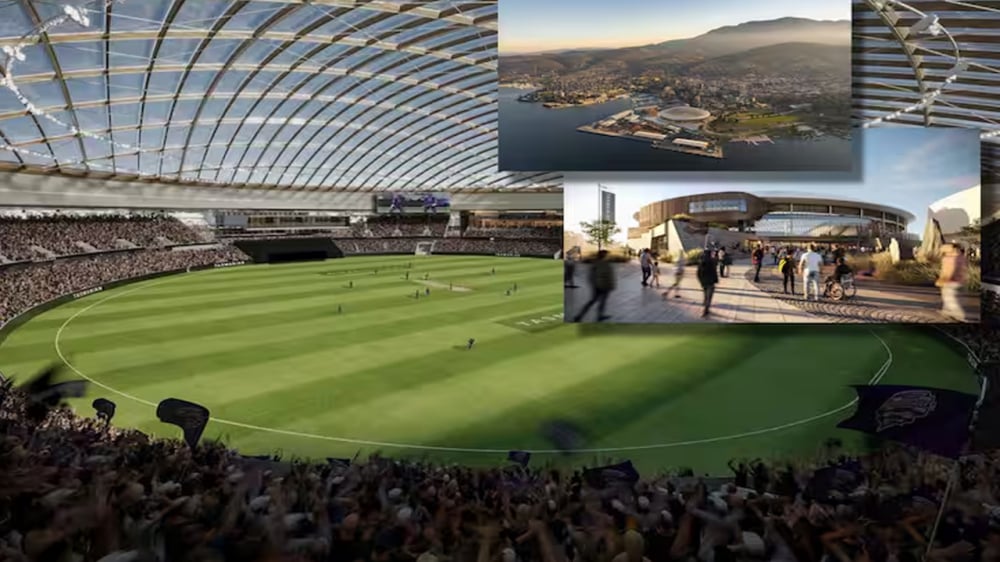
Many weather related problems have to be faced during cricket matches. The most trouble occurs during rain. Many times big tournaments get washed away by rain. In such a situation, there is a good news for cricket fans and cricketers. The world's first all-weather indoor cricket stadium is going to be built in Australia, so that no bad weather can disturb the matches. This stadium will be built on the island of Tasmania in Australia.
This stadium will be equipped with many facilities
The stadium will be called Macquarie Point Stadium and will have a seating capacity of 23,000 people. Its special feature is that its roof will be transparent, which will keep the light coming into the field. Also, the roof will be constructed in such a way that the cricket ball will not hit it. This means that there will be no reason to stop the game!
This stadium will be built on the coast of Tasmania
The stadium has been designed keeping in mind Tasmania's maritime heritage. Apart from this, suggestions from members of the tribal community have also been included. The stadium will also have special facilities for spectators, such as a function room for 1500 people, which will offer a beautiful view of Mount Wellington. Apart from this, concerts and other events can also be organized in the stadium.
There is excitement about the construction of this stadium
There is some controversy over this project. Some people believe that the site chosen for the ground is not suitable. Most people are excited about the construction of this stadium. It is expected that this stadium will be ready by 2028 and cricket fans will be able to enjoy cricket all year round.
Australian Sports and Events Minister gave this information
Minister for Sport and Events Nick Street said the construction of the stadium would open up new opportunities for teams in Tasmania, saying: “The construction of this stadium is an important step towards fulfilling the dream of the Australian Football League and AFLW teams playing on our home ground. This place has a lot to offer us.”
He stressed that not only technical but also cultural needs have been taken into account in the design of the stadium.
 look news india
look news india